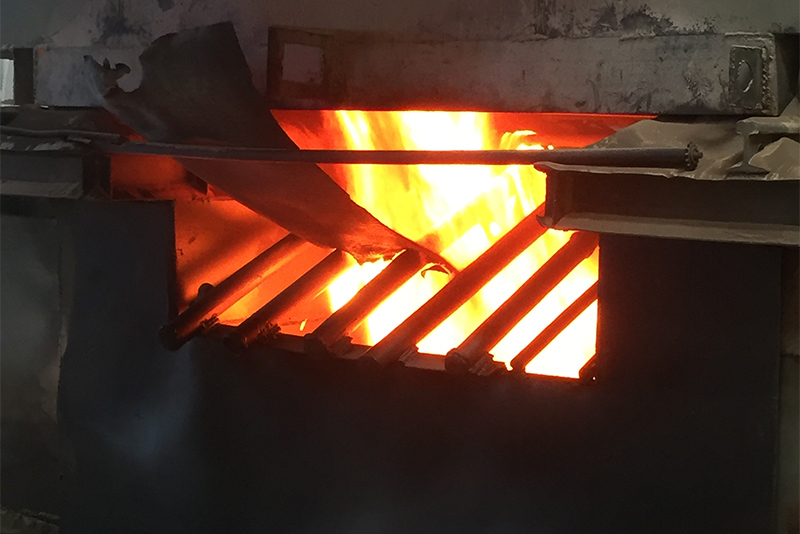The 3D Sand Printing Process Revolutionizing Manufacturing
In recent years, 3D printing has emerged as a transformative technology across various industries, and one of the most fascinating developments within this domain is the 3D sand printing process. This innovative technique utilizes sand as a primary material to create intricate and complex structures, significantly altering traditional manufacturing and prototyping methods. In this article, we will explore the fundamentals of 3D sand printing, its applications, advantages, and its potential to shape the future of manufacturing.
Understanding the 3D Sand Printing Process
3D sand printing operates by using an additive manufacturing technique, which means that objects are built layer by layer from a digital model. The process typically involves depositing a fine layer of sand on a build platform, followed by the application of a binding agent that solidifies the sand in specific areas, according to the design specifications. This procedure is repeated multiple times until the entire object is formed.
There are various technologies employed in 3D sand printing, including the binder jetting process and the sand casting process. In binder jetting, a liquid binder is selectively sprayed onto the sand to bond the particles together, forming a solid structure. On the other hand, sand casting involves creating a mold from the printed sand structure, which is then filled with molten metal to produce complex metal parts.
Applications of 3D Sand Printing
The versatility of 3D sand printing makes it applicable across several industries. One of the most significant areas is the foundry and metal casting industry. Traditionally, metal casting requires expensive molds and considerable lead times. However, with 3D sand printing, manufacturers can produce molds on-demand, reducing costs and time-to-market drastically. This capability is particularly beneficial for producing small batches or one-off items, allowing for more customization in product design.
In addition to metal casting, 3D sand printing is increasingly being used in architectural applications. Architects and designers are leveraging this technology to create intricate models that provide detailed representations of their concepts. These models can help facilitate client presentations and project approvals, showcasing the potential of the finished structures with remarkable accuracy.
3d sand printing process

Furthermore, the construction industry is beginning to explore the use of 3D sand printing for building components. The ability to produce complex shapes and structures without the constraints of traditional construction methods could lead to innovative building designs and more efficient construction processes.
Advantages of 3D Sand Printing
One of the key advantages of 3D sand printing is its ability to produce highly complex geometries that would be challenging, if not impossible, to achieve with traditional manufacturing techniques. This capability opens new avenues for design innovation and optimization, allowing engineers and designers to create lightweight structures while maintaining strength and durability.
Another significant benefit is the reduction of material waste. Traditional manufacturing often involves cutting away material from a larger block, leading to a substantial amount of scrap. In contrast, 3D sand printing is an additive process that only uses the amount of material necessary for the specific object, making it a more sustainable option.
Additionally, 3D sand printing allows for rapid prototyping. Engineers can quickly iterate designs and produce prototypes in a fraction of the time required by conventional methods. This accelerated development phase can lead to faster product launches and improved competitiveness in the marketplace.
The Future of 3D Sand Printing
As technology continues to evolve, the future of 3D sand printing looks promising. Advancements in materials science may lead to the development of new sand composites that could enhance performance properties, such as heat resistance or impact strength. Furthermore, integrating artificial intelligence and machine learning into the design and printing processes could optimize production efficiencies and further reduce costs.
In conclusion, the 3D sand printing process is a groundbreaking advancement in manufacturing technology. Its applicability across various industries, coupled with the numerous advantages it offers, positions it as a vital player in the future of production. As businesses continue to explore and adopt this innovative approach, we can expect to witness a significant shift in how products are designed, manufactured, and brought to market, paving the way for a new era of creativity and efficiency in manufacturing.
Post time:نومبر . 11, 2024 22:53
Next:adding sand to resin
